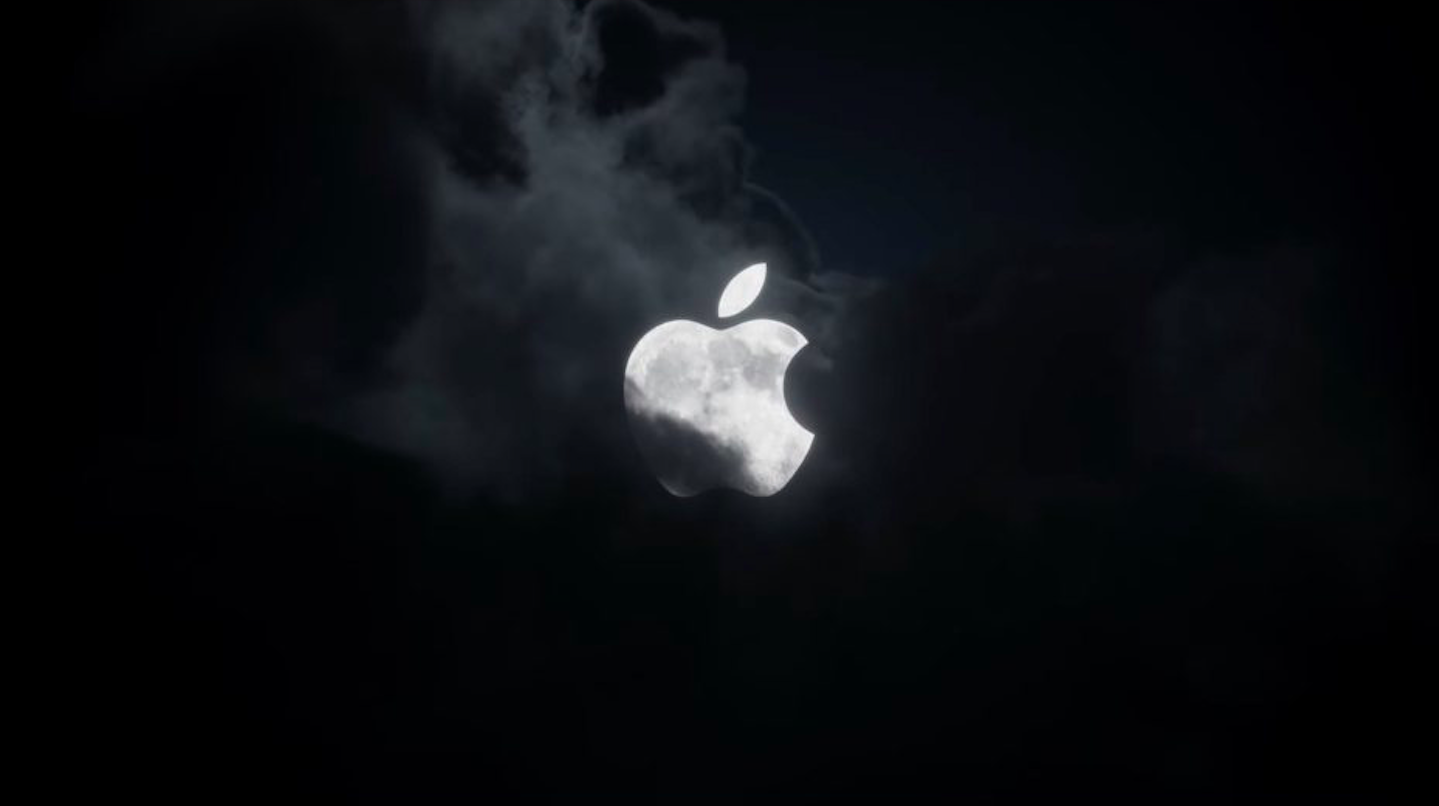Apple secretly collaborated with Chinese carmaker BYD to develop new battery technology for electric vehicles as part of the former’s now-canceled Project Titan autonomous EV project, according to a new Bloomberg report.
The collaboration reportedly began around 2017 intending to lay the groundwork for long-range EV batteries that are also safer than typical solutions at the time. The project mainly revolved around researching and developing a battery system built around lithium-iron-phosphate (LFP) cells. BYD ended up incorporating some of the project’s findings in its latest Blade battery system, which the report attributes to advanced battery packs and heat management systems pioneered by Apple engineers.
BYD’s expertise in LFP’s safety and energy storage capabilities impressed Apple’s executives during a decade-ago demo, which convinced the Cupertino company to pursue a partnership with the Chinese carmaker. Apple was primarily focused on certain enhancements that would have increased the typical range of an EV battery for its Project Titan effort that was officially abandoned earlier this year.

Discover new horizons, always connected with eSIM
Travel the world stress and hassle-free with the best eSIM service available. Enjoy unlimited data, 5G speeds, and global coverage for affordable prices with Holafly. And, enjoy an exclusive 5% discount.
Apple has independently been exploring different technologies to enhance its planned EV battery capabilities, including the addition of certain chemicals like nickel and alkaline, and dense battery pack solutions to fit in as many battery cells as possible. Apple and BYD sought to combine their efforts for the ultimate EV battery. At its peak, Apple had about 50 battery engineers working with BYD on the project.
Despite making steady progress, Apple ultimately decided to walk away from the partnership, seeking battery solutions from other established battery makers. Apple shuttered its autonomous EV project altogether over a lack of direction, numerous engineering hurdles, and rare mismanagement after more than a decade in research and development and over $1 billion in investments.



